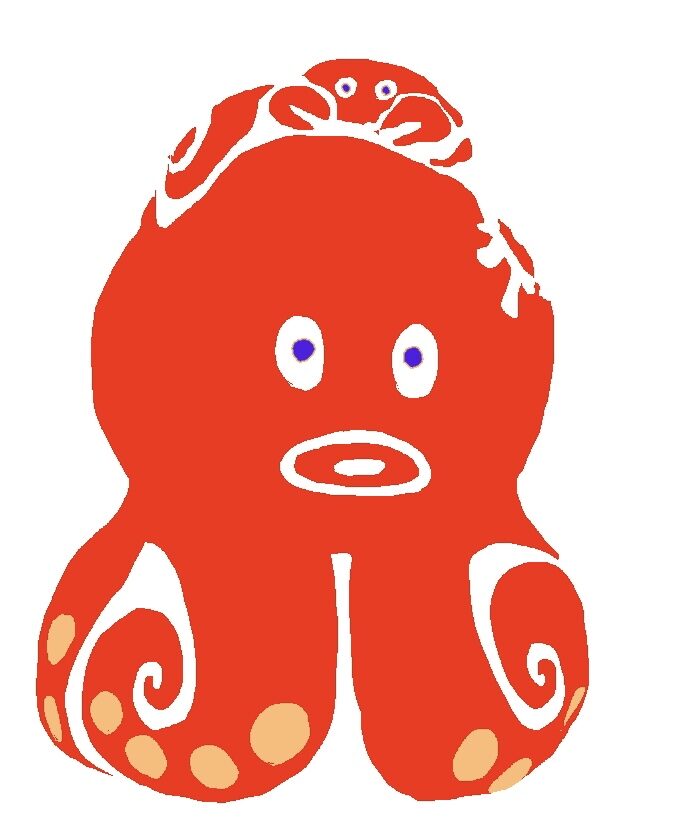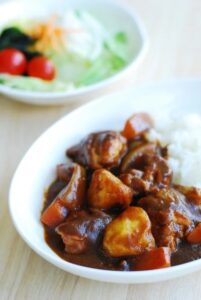Discover the Charm of Seafood Bowls! Japanese Fish Culture and Delicious Restaurants
Introduction
A seafood bowl is a dish that consists of raw fish and shellfish on top of white rice. In Japan, it is often eaten in regions that face the sea, such as Hokkaido and Tohoku. A seafood bowl is a simple dish that lets you enjoy fresh and tasty seafood, but you can also change the flavor with soy sauce, wasabi, and other seasonings. A seafood bowl can have various toppings, such as tuna, salmon, salmon roe, sea urchin, and other classics, as well as seasonal and regional specialties. A seafood bowl is one of the Japanese food cultures that is popular among foreigners.
In this article, we will explain the charm of seafood bowls from the following three perspectives:
- The types of fish used in seafood bowls and the high level of raw fish processing technology in Japan
- The reason for the fishy smell and how Japanese chefs cook with freshness for foreigners who are not good at raw fish
- The introduction of restaurants where you can eat delicious seafood bowls in Fukuoka city
The types of fish used in seafood bowls and the high level of raw fish processing technology in Japan
A seafood bowl is a bowl dish that has sashimi and other seafood on top of white rice. The types of fish that are often used are tuna, scallop, salmon, squid, shrimp, octopus, crab, salmon roe, sea urchin, and other seafood that are caught in northern Japan. Also, depending on the type of fish, they are marinated in soy sauce or vinegar to bring out the umami.
The raw fish processing technology in Japan is something to be proud of in the world. In Japan, after catching the fish, they kill the fish with a method called ikejime. Ikejime is a method of stunning the fish by inserting a hook into its vital point, and then cutting the medulla oblongata and the base of the tail to bleed the fish. This method preserves the freshness of the fish and improves the taste and texture. Ikejime is a technology that was developed in Japan in the Edo period, and now it has spread to the world, and it is called “ikejime” in English.
A seafood bowl is one of the Japanese fish cultures, and it is a dish that contains the wisdom and technology of the Japanese people.
The reason for the fishy smell and how Japanese chefs cook with freshness for foreigners who are not good at raw fish
Many foreigners are not good at raw fish, and one of the reasons is a component called “trimethylamine”. This component is produced when the fish is decomposed after death, and it volatilizes and reaches the nose as a “fishy smell”. This smell gives the impression of a risk of food poisoning, and it may reduce the appetite.
Japanese chefs have various tricks to suppress this smell. For example, there are the following methods:
- By killing the fish with ikejime as soon as they catch it, they preserve the freshness and prevent the production of trimethylamine.
- By soaking the fish in acidic liquids such as vinegar or lemon juice after washing it with water, they neutralize the trimethylamine.
- By sprinkling salt on the fish or using fermented seasonings such as soy sauce or miso, they eliminate the smell of trimethylamine.
- By adding spices such as wasabi or ginger to the fish, they hide the smell of trimethylamine.
These methods have a long history in Japanese food culture, and they are technologies that can be proud of in the world. Raw fish is a simple dish that lets you enjoy fresh and tasty seafood, but it contains the wisdom and technology of Japanese chefs.
For foreigners who are not good at raw fish, it may be reassuring to explain how Japanese chefs cook with freshness.
The introduction of restaurants where you can eat delicious seafood bowls in Fukuoka city
There are many restaurants where you can eat delicious seafood bowls in Fukuoka city, but here we will introduce some of the popular ones.
- Makanaiya: A seafood izakaya that is a 5-minute walk from Kushida Shrine Mae Station. The seafood bowl made with fresh seafood directly delivered from the wholesale market is recommended. There are many types and quantities of toppings, and the prices are reasonable.
- Okiyo: A cafeteria that is located in Fukuoka Parco Main Building B1F. The set meals and seafood bowls made with fresh fish directly delivered from Nagahama Fish Market are popular. The seafood bowl can have various toppings, such as tuna, salmon, salmon roe, sea urchin, and other classics, as well as bonito, flounder, horse mackerel, and other seasonal toppings.
- Itoshima Shokudo: A seafood bowl specialty store that has its main store in Itoshima. It boasts a hearty seafood bowl that is piled up with fresh seafood directly purchased from Itoshima fishermen. There are menus such as sweet shrimp bowl, seafood bowl, black tuna bowl, and more.²³ The main store is a 7-minute walk from Kaburi Station, and it has a parking lot.¹ There is also a store in Fukuoka Parco Main Building B1F.
Besides these, there are many other restaurants where you can eat delicious seafood bowls in Fukuoka city. Please try to find the one that suits your taste.
Conclusion
A seafood bowl is one of the Japanese food cultures, and it is a simple dish that lets you enjoy fresh and tasty seafood. However, behind it, there are the raw fish processing technology and the tricks of the Japanese chefs. You may be able to convey the charm of seafood bowls to foreigners who are not good at raw fish. There are many restaurants where you can eat delicious seafood bowls in Fukuoka city. Please try to find the one that suits your taste. By eating a seafood bowl, you can feel the Japanese fish culture.
That’s all for the explanation of the charm of seafood bowls. If you are interested in seafood bowls, please refer to it. See you again.


